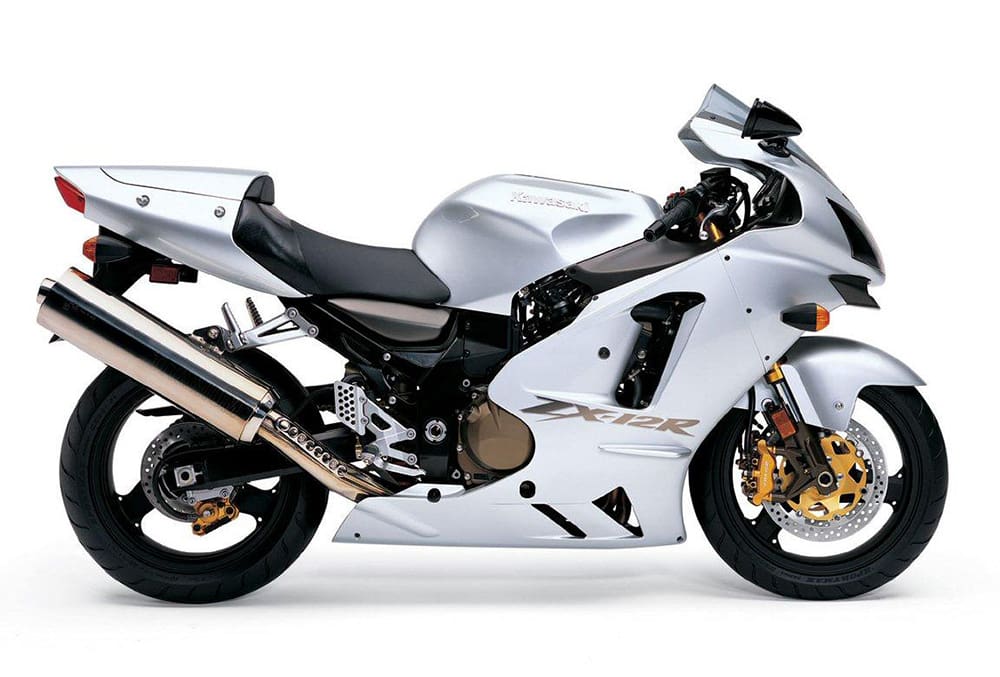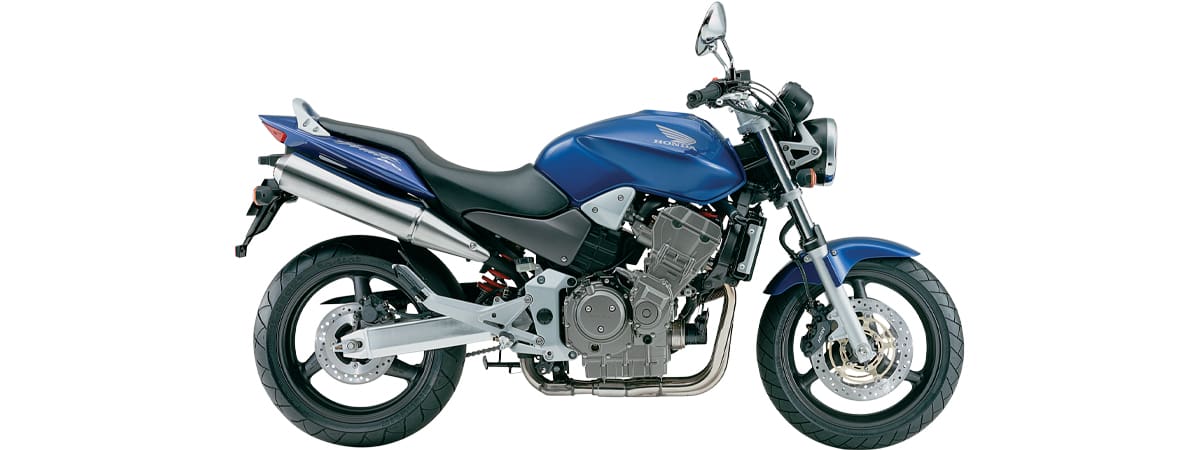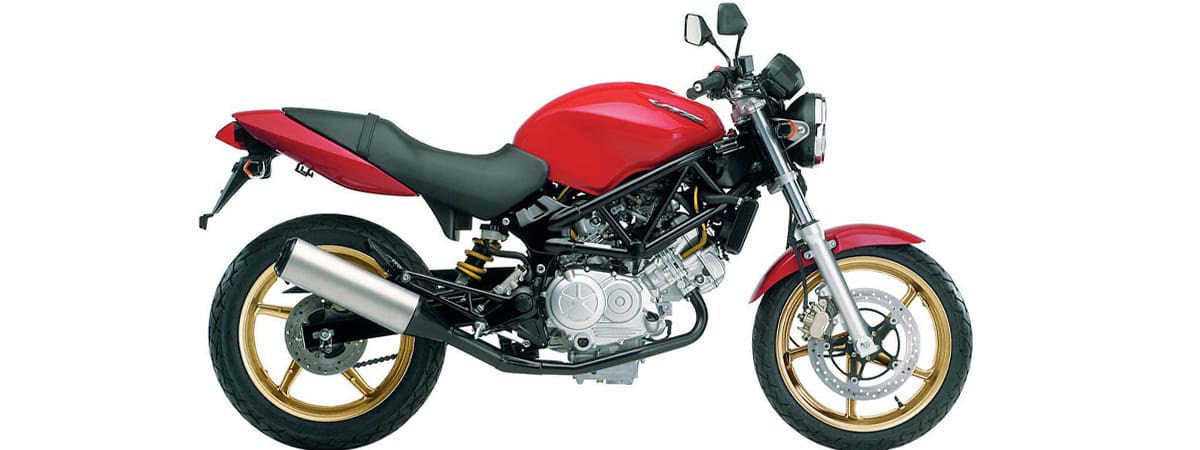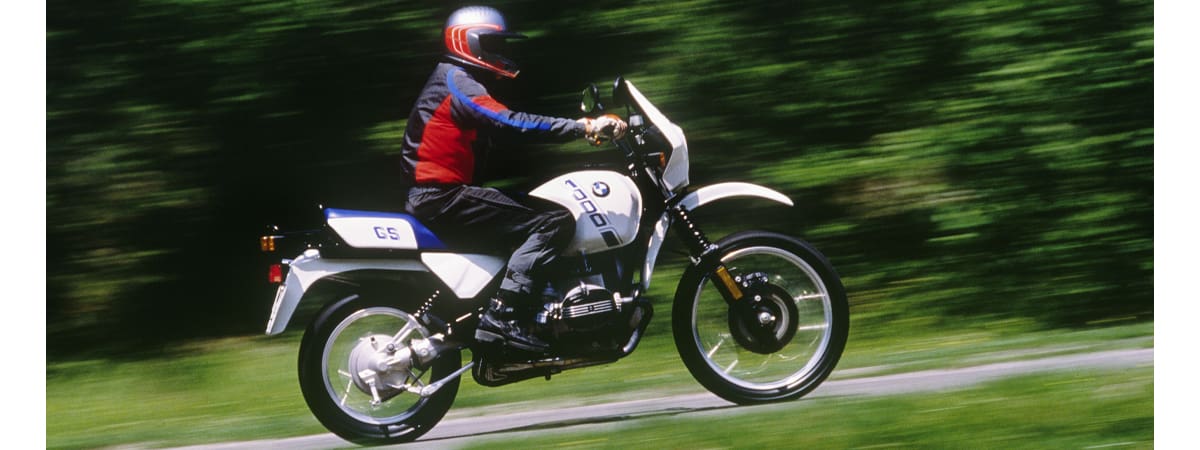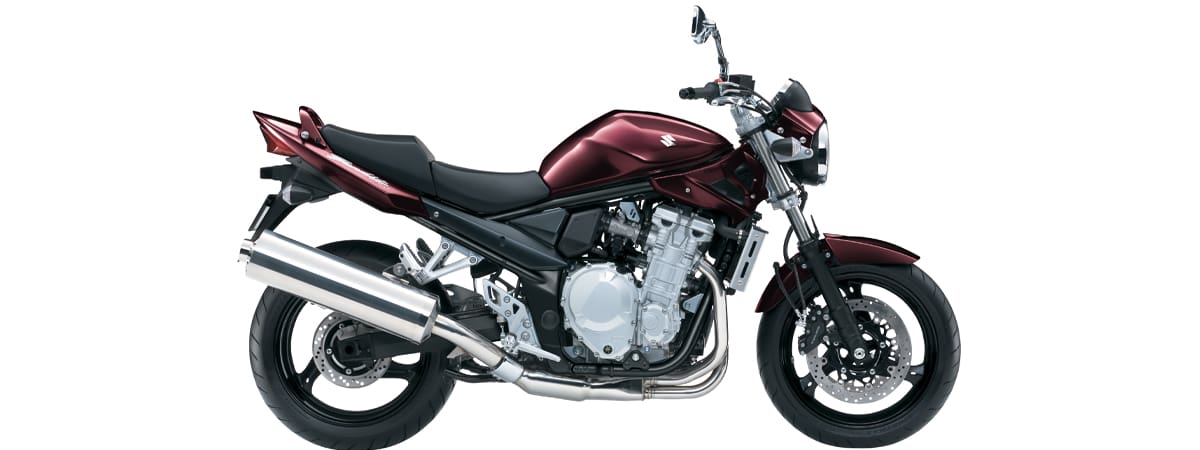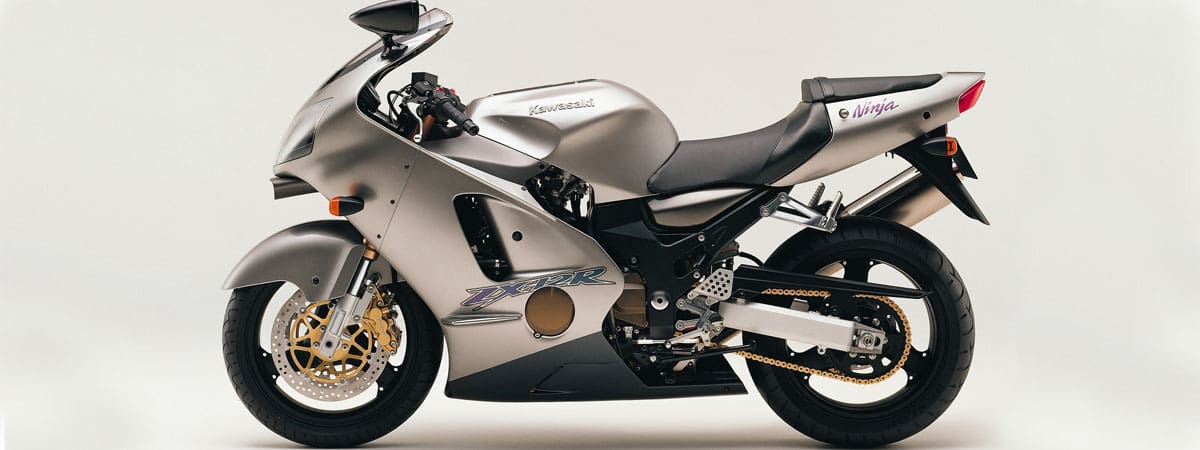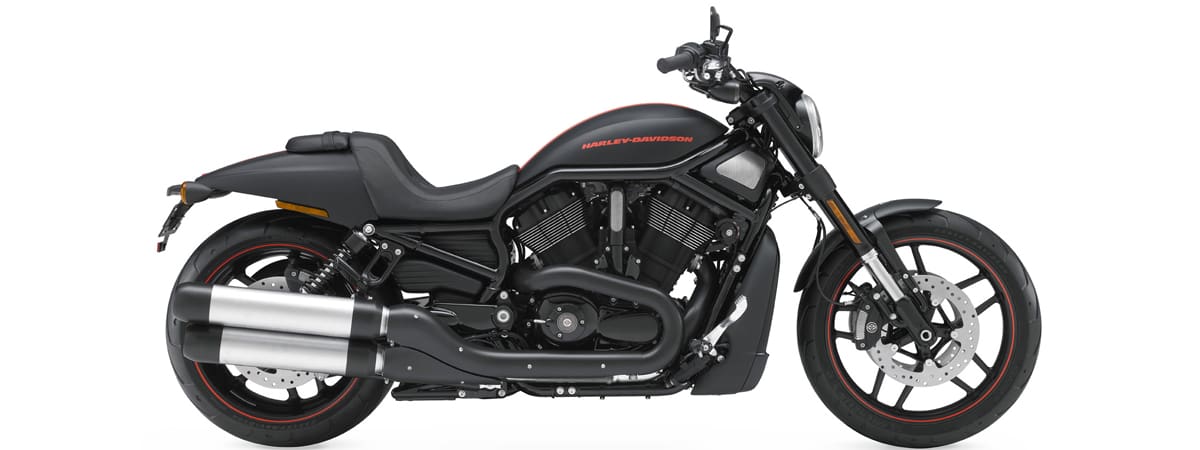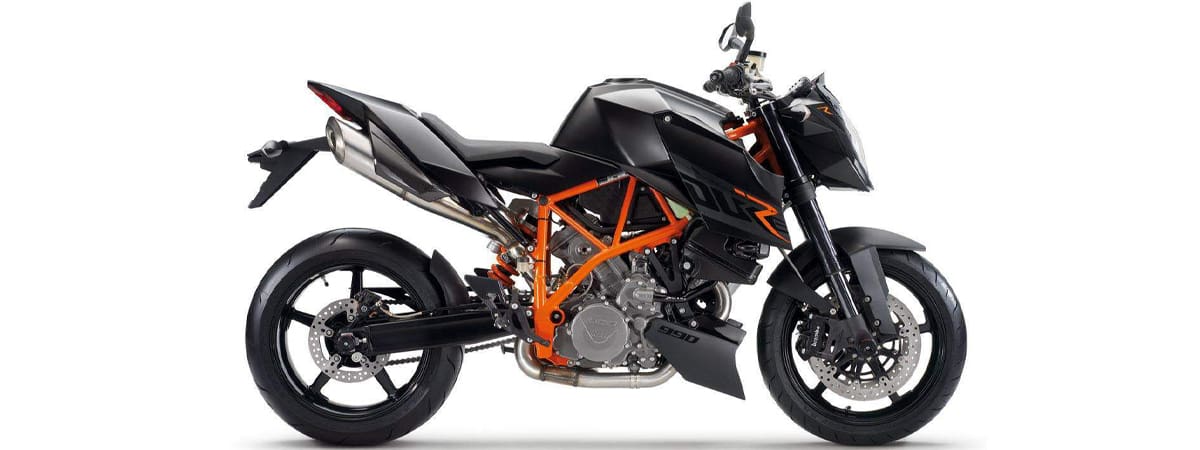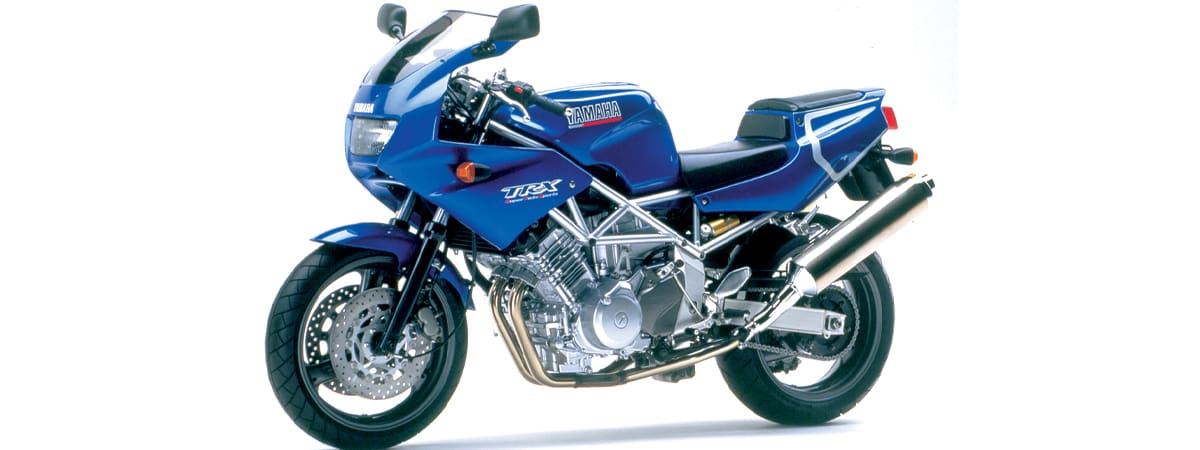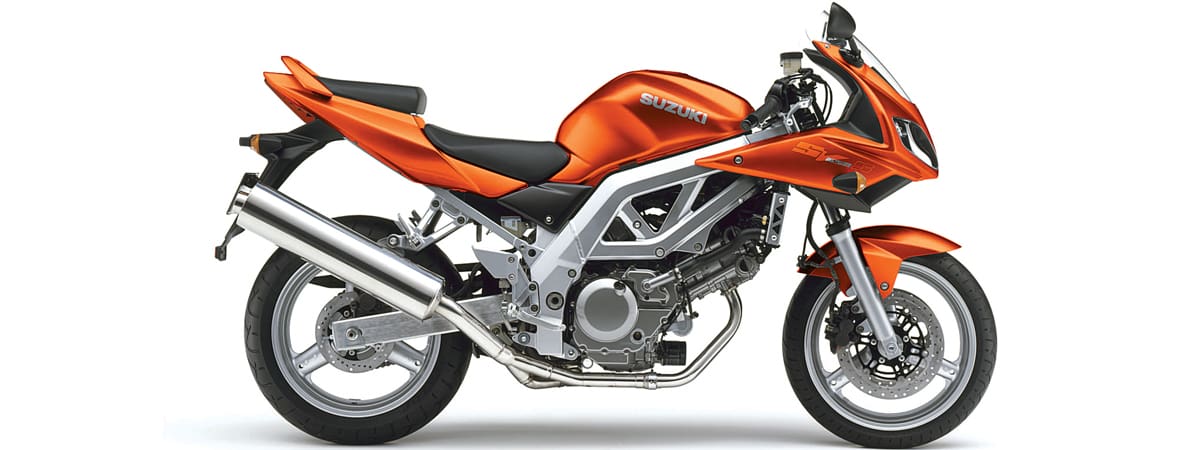Whether you’re talking Kawasaki’s early hairy-chested H2 Mach IV or even its Z1 900 – or certainly its new supercharged H2R – the Japanese manufacturer always seems comfortable with the notoriety associated with having a “take no prisoners” model in its line-up. Kawasaki marked the start of this millennium with just such a bike: the ZX-12R.
The ZX-12R had substantial shoes to fill in seeking to claim the “fastest production bike” title formerly held by the brand’s legendary ZZ-R1100. The big 12 quickly shoved Honda’s Super Blackbird off the top of the podium. Not so easily dismissed, however, was Suzuki’s Hayabusa. Most serious top-speed comparison tests show the Hayabusa besting the 12 by a few km/h, but some Kawasaki owners beg to differ.
To me it’s a bit pointless arguing over a few kays difference at around the 300km/h mark. I’ll cover the reality of the ZX-12R’s all-out performance in two ways. Rod “Chappo” Chapman, an AMCN staffer back in the day, still speaks in awed, hushed tones of the experience of being timed at an honest 300km/h on one. While I can’t make the same claim, I describe in a similar way the savage and explosive experience of a 60-160-60km/h blast in a few amazing high g-force seconds. Enough said?
The big Ninja’s 131kW (176hp), 1199cc, fuel-injected, liquid-cooled engine and six-speed gearbox are housed in a unique monocoque chassis. It rides on inverted 43mm forks and Uni-Trak monoshock, all fully adjustable. Braking is provided by twin 320mm discs with six-piston Tokico calipers (changing to radial-mount calipers in 2004) up front and a single 230mmn disc with two-piston caliper at the rear. The 210kg (dry weight) package is clothed in a full sports fairing featuring a distinctive ram-air intake (that boosts power further at high speed) under twin headlights. A big Ninja isn’t a cramped one-trick pony like a litre-superbike – it’s a full-size all-rounder, a competent sports tourer that just happens to be capable of going ballistic when asked.
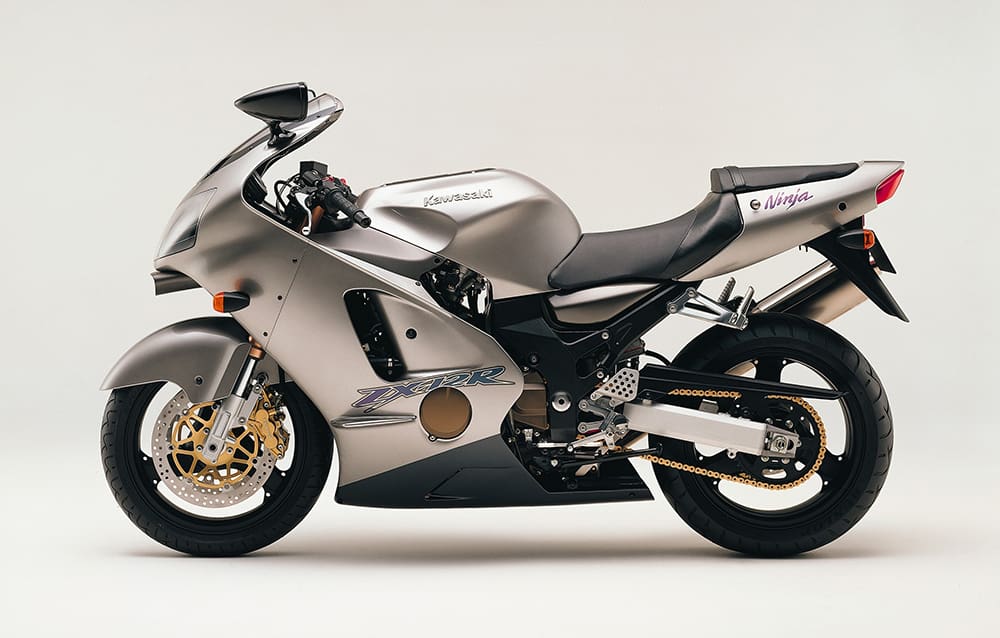
The extra room makes big blokes feel right at home. You also get better than sportsbike protection from the elements thanks to the fairing and screen dimensions. As well as good ergonomics and a decent seat, its rider-friendly controls put you at ease and feeling fully in charge behind the bars. The cable-operated clutch is light and the gearshift is smooth and accurate, making the ZX-12R one of Kawasaki’s sweetest shifters.
Brakes are powerful and progressive. The first model’s throttle response can be a bit snatchy at take-off and low speeds, smoothing out as the revs rise. From 2002 this was improved using a heavier crankshaft, oval throttle pulleys and other tweaks to make it easier to launch, and to smooth and bolster its low-midrange behaviour. Despite their top-end bias, all ZX-12Rs are actually happy enough doing suburban traffic work and travelling at controlled freeway speeds.
The taut chassis and firm ride provide excellent handling, making the big Ninja more agile than expected on a blast through the hills. Ultra-stable in fast sweepers, it also changes direction readily in the tight stuff. Perhaps that’s down to its radical steering geometry compensating for its size. Even in the middle of a corner at speed, its front end feels securely planted. Using all that powerhouse torque to blast out of a bend requires riders to rely on a trained right wrist for traction control.
A heavy throttle hand will also consume back tyres and drive-chains at quite a rate, not to mention fuel. But ridden at legal highway speeds you can expect a safe touring range of about 260km from the 20-litre tank.
A ZX-12R is not for the faint-hearted, nor the inexperienced. But it’s a helluva bike. Anyone up for a spot of Hayabusa hunting?
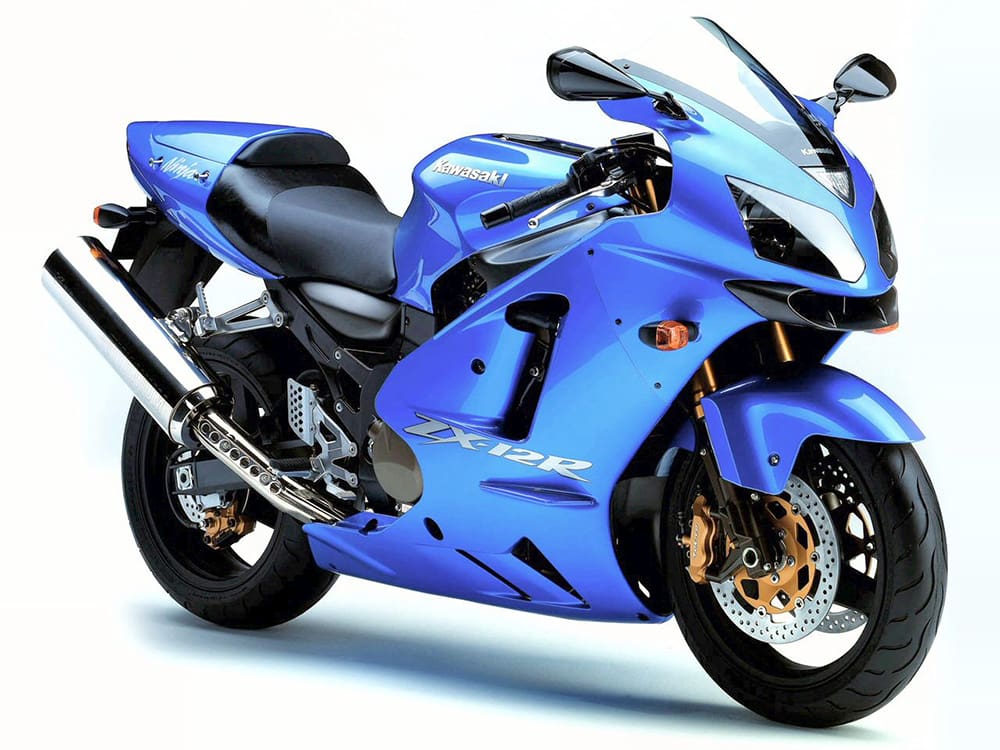
WHAT TO LOOK FOR
The ZX-12R has a really bulletproof powertrain and chassis. Some clutch basket issues on 2000-01 models should be well fixed by now, but check for smooth clutch function and also ensure that the monoshock’s damping hasn’t faded. Always adjust your offer to cover worn consumables like tyres, chain and sprockets, steering-head bearings, brake pads and rotors. Check for costly-to-rectify superficial damage to the fairing and its mountings, too.
A high kilometre example wouldn’t put me off if it’s clean and tidy and comes with a full service record.
SERVICE HISTORY
Maintenance access is not a strong point due to frame and fairing design. Some manuals even suggest the motor has to be dropped to change spark plugs. But that’s not true if you’ve got the right tools and a bit of patience. The same considerations apply to capable DIY owners handling the normal services at 6000km intervals. The big one including valve clearance checks at 24,000km intervals is probably best left to experts.
